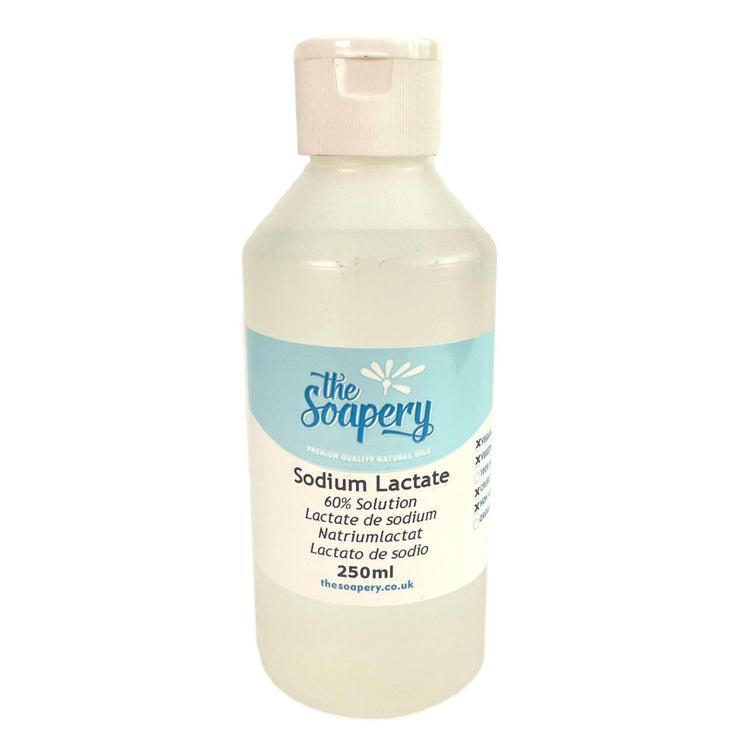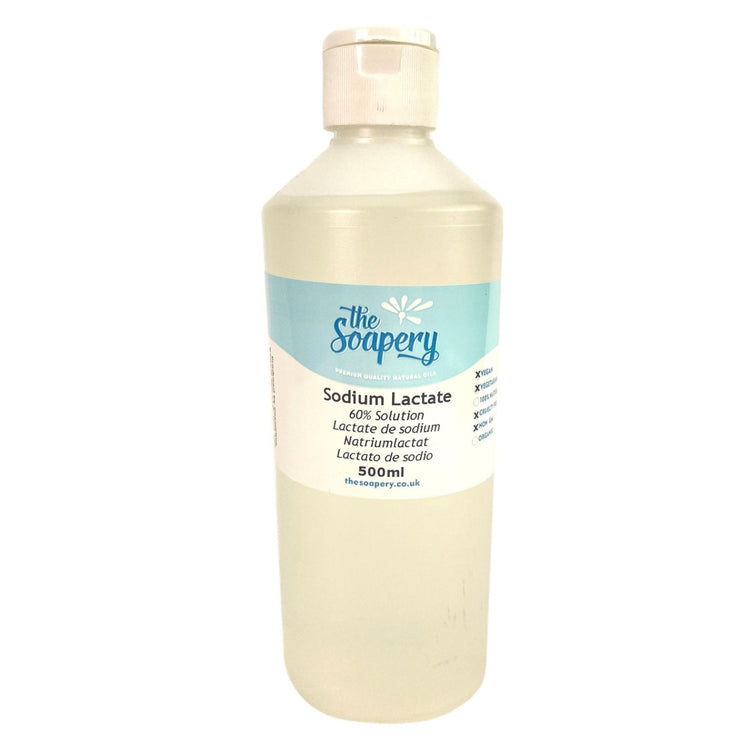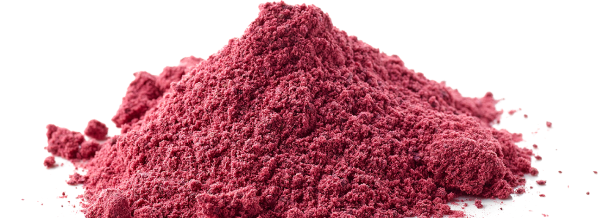




What is Sodium Lactate?
Sodium lactate is the sodium salt of natural lactic acid and is derived from the natural fermentation of sugar found in corn, sugar, beets or other plant based sugars. It's clear in colour, has a viscous consistency and little to no odour.
Sodium Lactate is an excellent humectant and has amazing moisturising properties due to its high water holding capacity. When used in a formulation, sodium lactate effectively hydrates and revitalises dry and brittle skin, whilst also helping skin maintain a healthy pH level.
It has multiple purposes - sodium lactate acts as a preservative enhancer due to its properties in inhibiting bacteria growth; the salt also functions as a buffering agent and humectant moisturiser, helping to strengthen the skin moisture barrier.
What is sodium lactate used for?
Sodium lactate is incredibly popular as an additive in cold process soap, as it can help produce a harder bar of soap. This makes it easier to unmould and speeds up the drying process.
When making cold processed soap, the sodium lactate is added to cooled lye water. Testing it is very important at this step, as too much sodium lactate can result in a crumbly bar of soap.
Sodium lactate can also be used in lotions, as a substitute to glycerine to create a more hydrating product, which is creamier and thicker in consistency. As a benefit additive, the humectant properties of sodium lactate keeps skin moisturised for longer.
As well as delivering a hydrating formulation, sodium lactate cuts down on the stickiness sometimes found in lotion with a high glycerine content. In lotion recipes, we do not recommend adding too much sodium lactate. Typically, the sodium lactate is used at 1-3% of the total lotion recipe.







